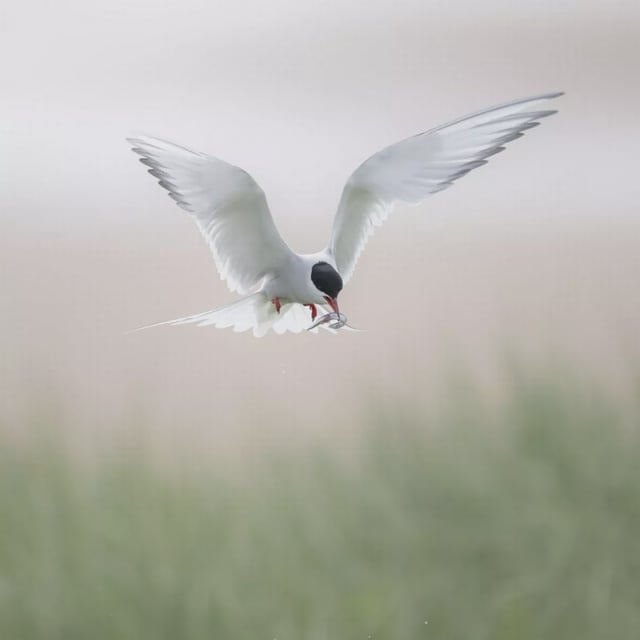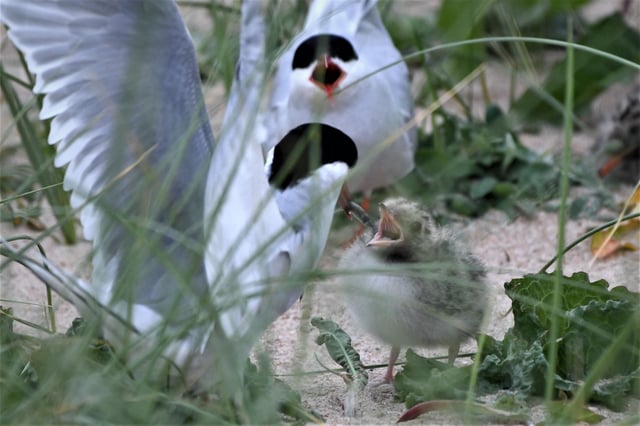Overview
- Occupied Arctic tern nests at Long Nanny Nature Reserve declined from 1,037 in 2024 to 724 this season, a 30% drop according to National Trust figures.
- A high spring tide in June washed away Arctic and little tern nests despite ranger efforts to shield them from extreme weather.
- National Trust conservationists cite climate change-driven storms, rising seas and avian influenza outbreaks as mounting threats to the seabird population.
- Ten pairs of little terns have initiated a second nesting attempt at Long Nanny and some birds may have relocated to Lindisfarne National Nature Reserve.
- An American black tern has returned for its sixth consecutive summer, underscoring Long Nanny’s role as a critical breeding site managed by the National Trust since 1977.

